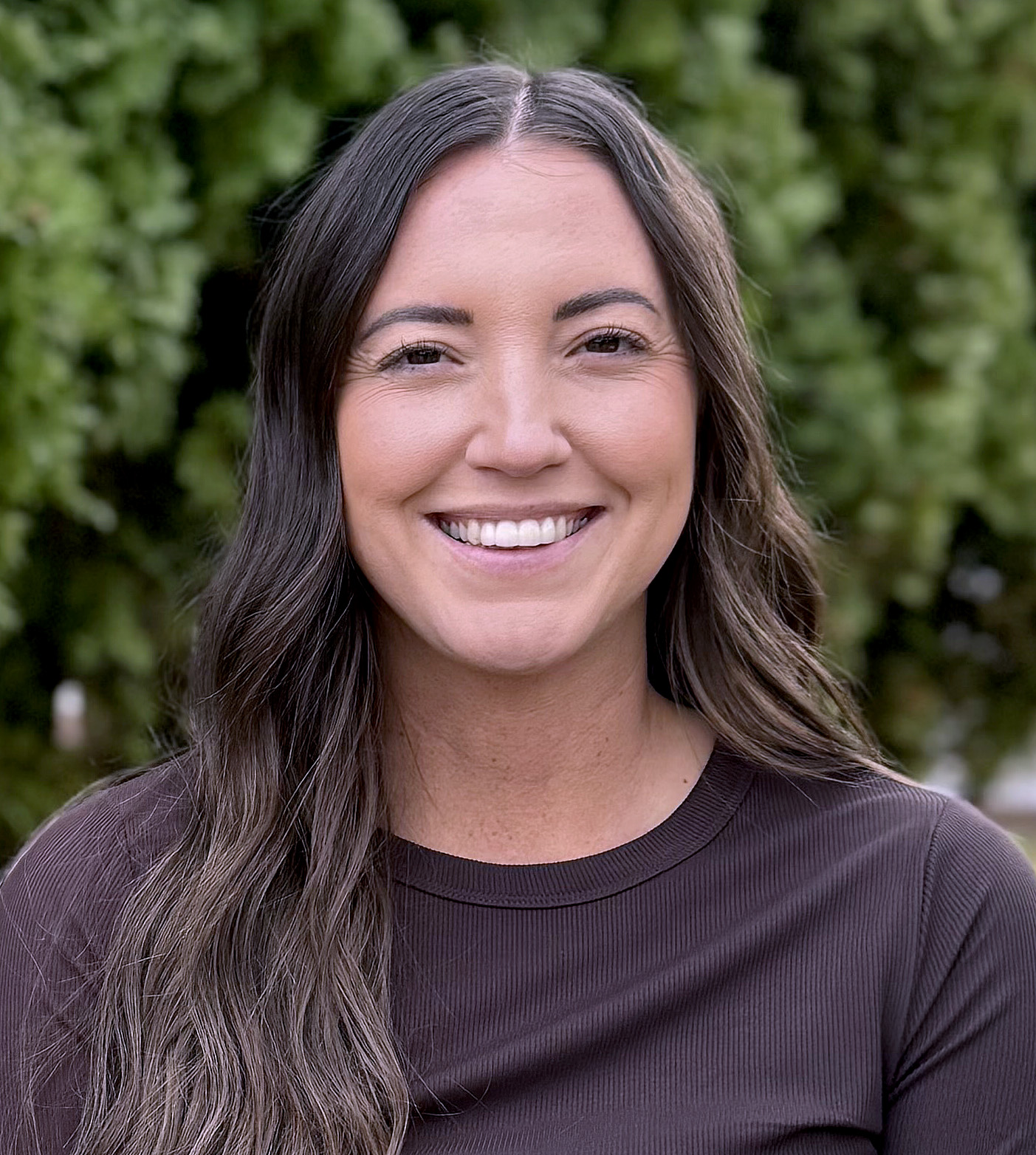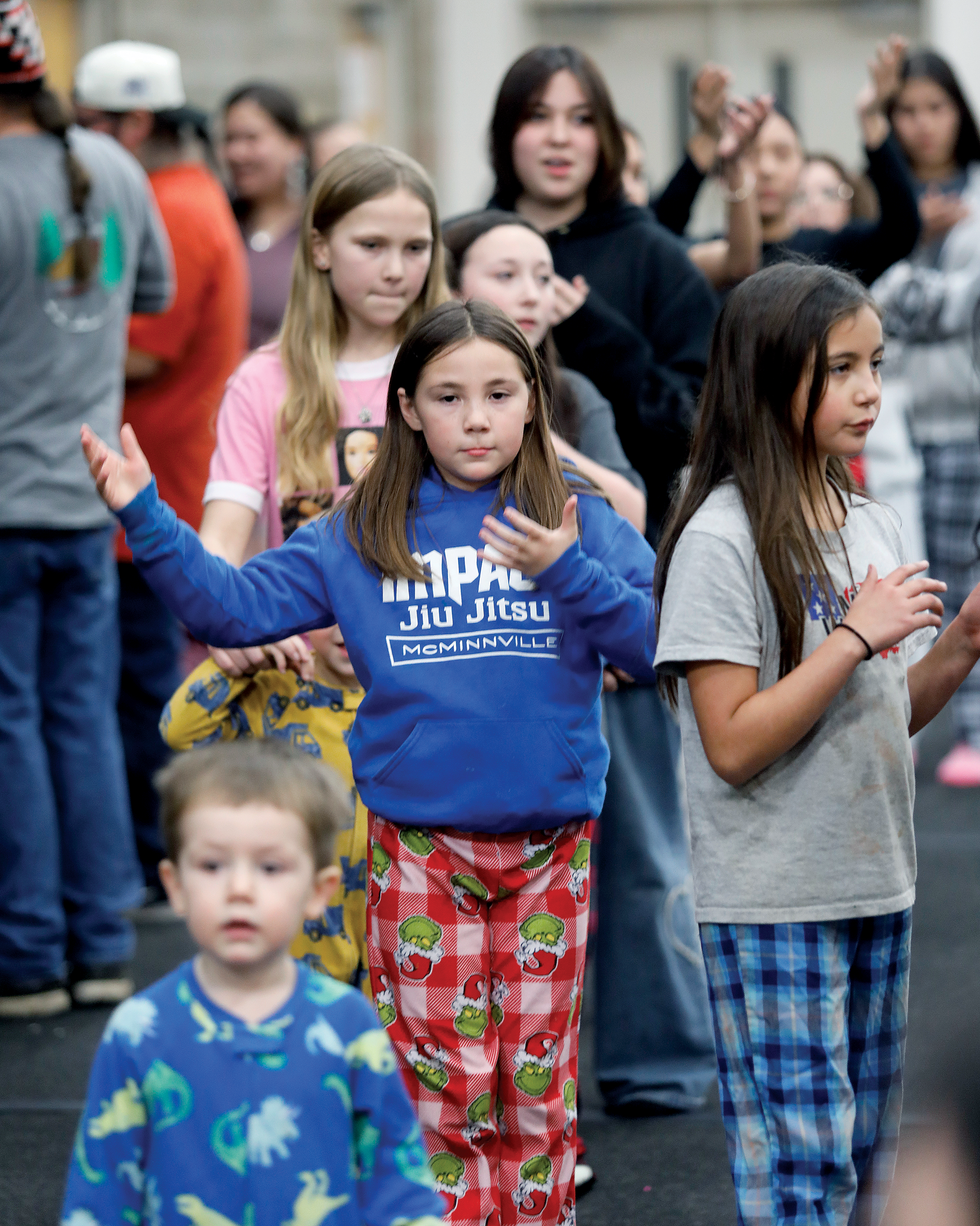Health & Education
Suicide prevention work focuses on creating strong connections, healing ties

By Nicole Montesano
Smoke Signals staff writer
Dancing at one of the several jams the Tribe’s Youth Empowerment & Prevention Program offers looks like simple fun – and it’s meant to be fun. However, there’s a deeper purpose behind it, Tribal Native Connections Coordinator Keri Kimsey said.
Those dinners, dances and other events are creating bonds among Tribal members, connecting young people to their Elders, teaching them Tribal traditions, helping them find their own voices and above all, teaching them that they are not alone and help is available.
“Sometimes people don’t think it’s hard because it looks like all we’re doing is having fun but sometimes that’s part of the work,” Kimsey said.
YEP focuses on promoting healthy lifestyles and strengthening families, as well as addiction and suicide prevention.
Kimsey works in suicide prevention, with the aid of one of the several federal grants the program receives. The work can look different with each young person, she said. For some, personal mentoring helps to address struggles with depression and self-harm through building relationships with trusted adults. For others, a more general approach is sufficient.
Kimsey is also called on by area schools, to respond to children who are struggling or at risk.
“They want to pull me in to support the youth,” she said.
Her job is to work with the young person to discover the distress driving their despair and help them to see a way through it.
“It isn’t always the easiest work,” Kimsey said, “But I think I’ve been able to find ways to lighten the load. I really like the focus on hope and resiliency.”


Mila Linton dances during the Pajama Jam held in the Tribal gym in January. The Tribe’s Public Health Department holds several jams throughout the year to help create bonds among Tribal members, connect young people to their Elders, teach them Tribal traditions, help them find their own voices and let them know that they are not alone. The Youth Empowerment & Prevention Program encourages attendance at these and other youth-oriented events to help with its goals of connection and suicide prevention. (Smoke Signals file photo)
In the Tribal Community Center, Kimsey and her teammates are quietly working to undo the damage of decades of trauma, passed down from one generation to the next, that can lead Tribal youth to contemplate harming themselves or ending their lives. There’s heartbreak behind the project in the form of grim statistics, but although she tracks them, Kimsey doesn’t spend her time contemplating those painful numbers, noting that they don’t always tell the complete story.
“We are always looking at the numbers of (suicide) attempts completed,” she said. “We’ll never know the numbers on the other side – the people who reached out to someone. We’ll never know how many lives we’ve saved just by listening to someone. I have to remind myself of that sometimes.”
Kimsey said finding ways to create joy and connection is a fundamental part of the work.
“We’re empowering them to be a voice to their peers,” giving young people “a feeling of belonging and working for their community,” she said.
The focus on empowerment builds confidence but it also benefits the entire Tribe.
“(They) have powerful things to say and I’m excited to give them the opportunity to have that voice,” Kimsey said.
Among the ways young people are encouraged to use their voices is by talking with Kimsey and her colleagues about which strategies actually help.
“We ask them, ‘What are the things they do to support themselves, who do they reach out to when they’re struggling?’” she said.
Much of the damage stems from the era when Tribal children were forcibly sent to boarding schools that separated them from their own cultures, and from the years after Termination, when the government encouraged Tribal members to leave their reservations and scatter throughout the country.
Since 1983, the Tribe has been working to rebuild itself, and Kimsey sees her work as a critical part of that mission. Giving people back a sense of connection back to their culture, she said, can make a huge difference in their struggles. So, the department offers opportunities for youth and families to connect, be in community and have access to cultural lifeways that, she said, can help people not get to that point where they need more direct intervention.
“When you attend a jam or a celebration at the plankhouse, that is prevention,” Kimsey said. “I want families to know they are doing the work…You go to these events and they’re just jam-packed. It’s all about drumming, singing and dancing. There’s a little bit of information disseminated, but I think people are craving that (traditional celebration) and finding it healing.”
The department’s work intersects with other departments such as Cultural Resources, which provides space and time to help Tribal members explore traditional activities and skills.
“Those practices the Tribes had before contact supported people,” Kimsey said. “There was never a word for suicide before contact. So much of the work we’re doing is responding to that dismantling of people and Tribes. … We have to think about that and decolonize the ways that we’re doing the work here. Maybe sit-down, talk therapy isn’t the right thing for everyone.”
While the department’s focus is on youth, it recognizes addressing families is crucial.
“The services we provide are very holistic,” Kimsey said.
